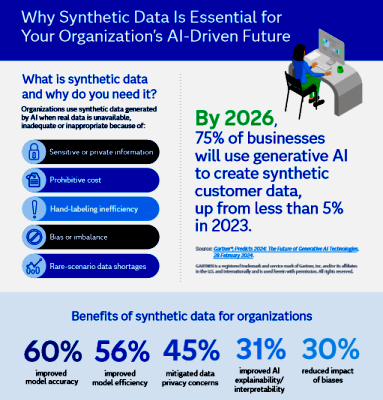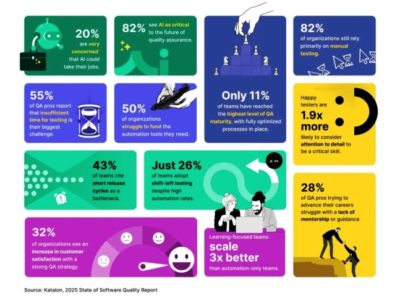Strategic move reinforces SAS leadership in data and AI, enhancing customer innovation and data security.
SAS, a global leader in data and AI, has announced the acquisition of the principal software assets of Hazy, a pioneer in synthetic data technology. This strategic acquisition aims to enhance SAS’ robust data and AI portfolio, further equipping its customers with critical and timely synthetic data generation capabilities as their use of AI rapidly expands.
RELATED: Navigating the future – the synergy of Generative AI and cybersecurity
“Our acquisition of Hazy’s IP represents a pivotal step in our commitment to innovation in the next generation of data management and AI,” said Jim Goodnight, CEO of SAS. “Hazy is a pioneer in bringing synthetic data to market as a viable enterprise product, and analysts rank it among the top software providers in its category. By integrating their technology, we can offer our customers unparalleled opportunities to harness data safely and effectively, enabling them to experiment and model scenarios that were previously out of reach and gain a competitive advantage.”
This move positions SAS at the forefront of data innovation, enabling more robust and secure AI applications, with future integration opportunities with SAS® Viya®. By integrating Hazy’s synthetic data capabilities, SAS will empower customers to innovate and conduct deep research, overcoming challenges related to data availability, access or quality.
Leading the charge in synthetic data innovation
According to Kathy Lange, Research Director, AI Software at IDC, “Synthetic data is a game-changer for companies implementing AI solutions, especially in sectors with strict privacy regulations like healthcare and finance. SAS’ acquisition highlights the growing requirement for synthetic data as an integral component of a modern AI toolkit, addressing data scarcity and privacy issues, and improving model accuracy while reducing biases.”
Synthetic data, which mirrors the statistical patterns of real data without exposing private, identifiable or restricted information, mitigates risks associated with real data and enhances the scope of data available for analytics and AI. This augmentation leads to robust, reliable results and innovative solutions for data scientists who can shape and balance data sets more effectively.
Bryan Harris, Chief Technology Officer of SAS, added, “Analysts predict that by 2026, 75% of businesses will use generative AI to create synthetic customer data, up from less than 5% in 2023. For SAS customers, this marks a strategic leap, solidifying SAS’ leadership in AI and analytics. With synthetic data, customers can innovate and research more deeply, accessing data that was previously out of reach due to availability, access or quality issues.”
SAS Data Maker addresses data challenge
Integrating Hazy’s technology expands upon SAS’ initial announcement of SAS Data Maker in early 2024. SAS Data Maker addresses data challenges by generating synthetic data that statistically represents original data sets without compromising privacy, while simplifying processes and saving resources.
With Hazy technology integrated into SAS Data Maker, the ability to simulate multiple future scenarios will give SAS customers a significant competitive advantage through:
- Enhanced innovation and research by providing access to rich, synthetic data sets that were previously out of reach, fostering new opportunities and breakthroughs.
- Faster time to market via rapid generation of high-quality synthetic data, accelerating the development cycle for AI projects.
- Trustworthy AI systems with robust synthetic data processes and diverse synthetic data sets, enabling organisations to develop reliable AI systems that adhere to ethical standards.
- Increased data privacy and security by generating synthetic data that does not expose real, identifiable information, allowing organisations to operate with confidence.
- Cost savings by minimising the reliance on costly data collection methods, making data for analytics more accessible.
The enhanced data solutions resulting from this acquisition will be available globally, with an initial preview expected in early 2025.































